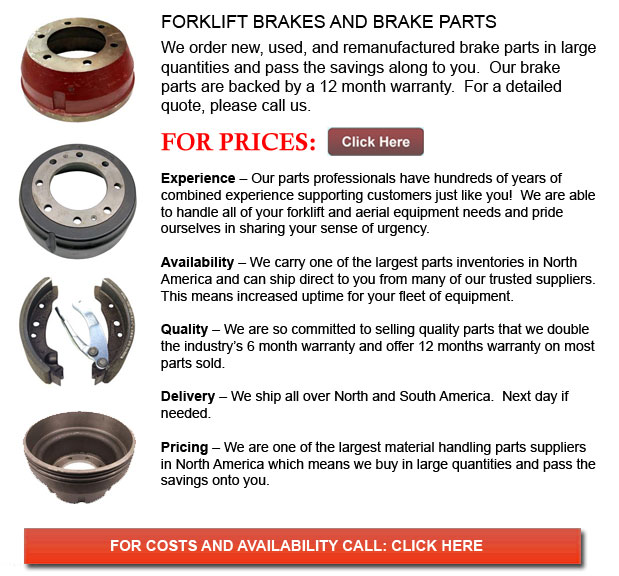
Forklift Brake - A brake drum is wherein the friction is provided by the brake shoes or brake pads. The shoes or pads press up against the rotating brake drum. There are some other brake drums kinds together with particular specific differences. A "break drum" would generally refer to when either shoes or pads press onto the interior exterior of the drum. A "clasp brake" is the term utilized in order to describe if shoes press against the exterior of the drum. Another type of brake, referred to as a "band brake" uses a flexible belt or band to wrap around the exterior of the drum. If the drum is pinched in between two shoes, it could be called a "pinch brake drum." Like a typical disc brake, these types of brakes are rather rare.
Early brake drums, prior to 1955, needed to be constantly adjusted to be able to compensate for wear of the shoe and drum. "Low pedal" could cause the needed adjustments are not done satisfactorily. The motor vehicle could become dangerous and the brakes could become ineffective if low pedal is mixed along with brake fade.
There are a variety of Self Adjusting Brake Systems available, and they could be categorized within two major types, RAD and RAI. RAI systems have inbuilt devices that prevent the systems to recover when the brake is overheating. The most popular RAI makers are Bosch, AP, Bendix and Lucas. The most famous RAD systems comprise Bendix, Ford recovery systems, Volkswagen, VAG and AP.
The self adjusting brake would typically only engage if the lift truck is reversing into a stop. This method of stopping is suitable for use whereby all wheels use brake drums. Disc brakes are utilized on the front wheels of motor vehicles these days. By functioning only in reverse it is less likely that the brakes will be adjusted while hot and the brake drums are expanded. If adapted while hot, "dragging brakes" can occur, which increases fuel expenditure and accelerates wear. A ratchet mechanism which becomes engaged as the hand brake is set is one more way the self adjusting brakes can operate. This means is just appropriate in applications where rear brake drums are used. When the emergency or parking brake actuator lever goes beyond a particular amount of travel, the ratchet advances an adjuster screw and the brake shoes move in the direction of the drum.
There is a manual adjustment knob located at the base of the drum. It is generally adjusted through a hole on the opposite side of the wheel and this requires getting underneath the vehicle utilizing a flathead screwdriver. It is of utmost significance to move the click wheel properly and modify each and every wheel equally. If uneven adjustment occurs, the vehicle can pull to one side during heavy braking. The most efficient way to be able to guarantee this tedious task is accomplished carefully is to either lift each wheel off the ground and spin it by hand while measuring how much force it takes and feeling if the shoes are dragging, or give every\each and every one the exact amount of manual clicks and then do a road test.
![]() Click to Download the pdf
Click to Download the pdf
Forklift Parts
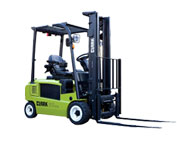
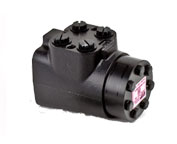
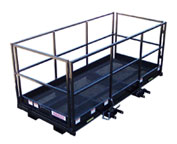



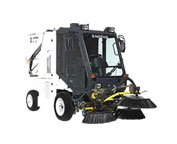

Lift Parts Express
TOLL FREE: 1-888-695-7994
LOCAL: 512-642-5697
402 A WEST PALM VALLEY BLVD 249
Round Rock, Texas
forkliftpartsroundrock.com
Email Us
About Us


